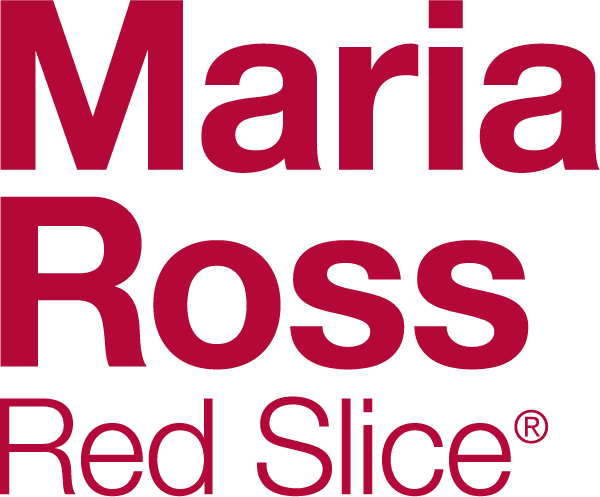You know how to read and spell, right? So how hard can writing really be? Well, Red Slice team member and writing “miracle worker” Emily Cohen and I sat down to talk about mistakes people make with their marketing copy, as well as different copy needs for different vehicles. Emily has done amazing work for technology and software companies and has that gift for being able to take a jumble of information from an interview with the product/company expert and turn it into a polished, cohesive piece – she makes it look easy!
RS: Hi Emily! Thanks for joining us. Are there differences in writing web copy vs. a brochure or solution brief? How do you approach copywriting for different vehicles?
EC: Actually, every type of marketing collateral or channel is different, and I approach each project with that in mind. Web copy must be punchy, concise, and should communicate directly to the reader, hitting the customers’ pain points and compelling them to contact the company for more information.
Often, that ‘more information’ is a brochure or solution brief, and this is where the company can address many of the initial questions and concerns that cross the customer’s mind. There is more real estate in which to explain the company’s product or solution in detail, and I strongly encourage clients to include specific customer examples or quotes to support the product’s benefits and competitive advantages. There are no stronger advocates for a company than its existing customers.
For even more detailed discussion, white papers are the perfect vehicle to help close the deal. This is where companies can step back, take an objective view of the market and their product, and overcome specific objections with technical facts. I counsel clients to keep their white papers to between 7-8 pages, however, as customers don’t stay focused on documents longer than that.
RS: What three mistakes do you see marketing professionals make when writing their own copy?
EC:. Great question! First, marketing professionals or business owners think no one can understand their product/service as well as they can because they are ‘inside’ and close to the product. And that’s exactly why they should enlist an outsider to write their copy. They are so close to the ‘in-think’ that they forget to put themselves in the customer’s shoes. Instead, if you have an objective eye review and ‘bulletproof’ your key messages, you can increase the credibility and market-worthiness of your copy—and directly impact your revenue.
The second mistake is that many marketing professionals or small business owners are just that, marketers, not writers. I often see copy that technically communicates the company’s product messages but is boring, uncreative, and grammatically incorrect. The worst offenders use exactly the same structure for every sentence in the document, often invoke the same verb two or three times in a sentence, and switch voice and tense throughout the document. Worse yet, they insist that marginally written copy won’t reflect negatively on the company and that customers will look beyond it. But, believe me, they won’t.
Finally, marketing professionals and business owners too often wait until the last minute to think about the collateral needed for a product release or launch. With their backs against the wall, they must rush through writing the copy, which impacts its quality. I strongly counsel my clients to consider all the copy they will need early in the process, to ensure that they end up with the highest quality, most impactful marketing collateral possible.
RS: Why are you so good at understanding complex technology concepts and translating them into ideas that business people can wrap their heads around?
EC. After 25 years in the industry, I’ve been involved in a large number of technology revolutions and trends. I began working in technology when IBM came out with its first PCs. More importantly, I’ve spent time on both sides of the industry. I started out in product management – working closely with R&D and engineering – and then moved to the marketing communications side. So I know how engineers think and I’m adept at translating ‘engineering-speak’ into terms that business people can understand.
_________________________________________________
Red Slice is a branding, marketing and communications consultancy that helps organizations tell their story. We provide both strategic and tactical marketing support to small and mid-size companies. Let us help you engage, inform, and delight your target audience and keep them coming back for more. Visit us at www.red-slice.com



